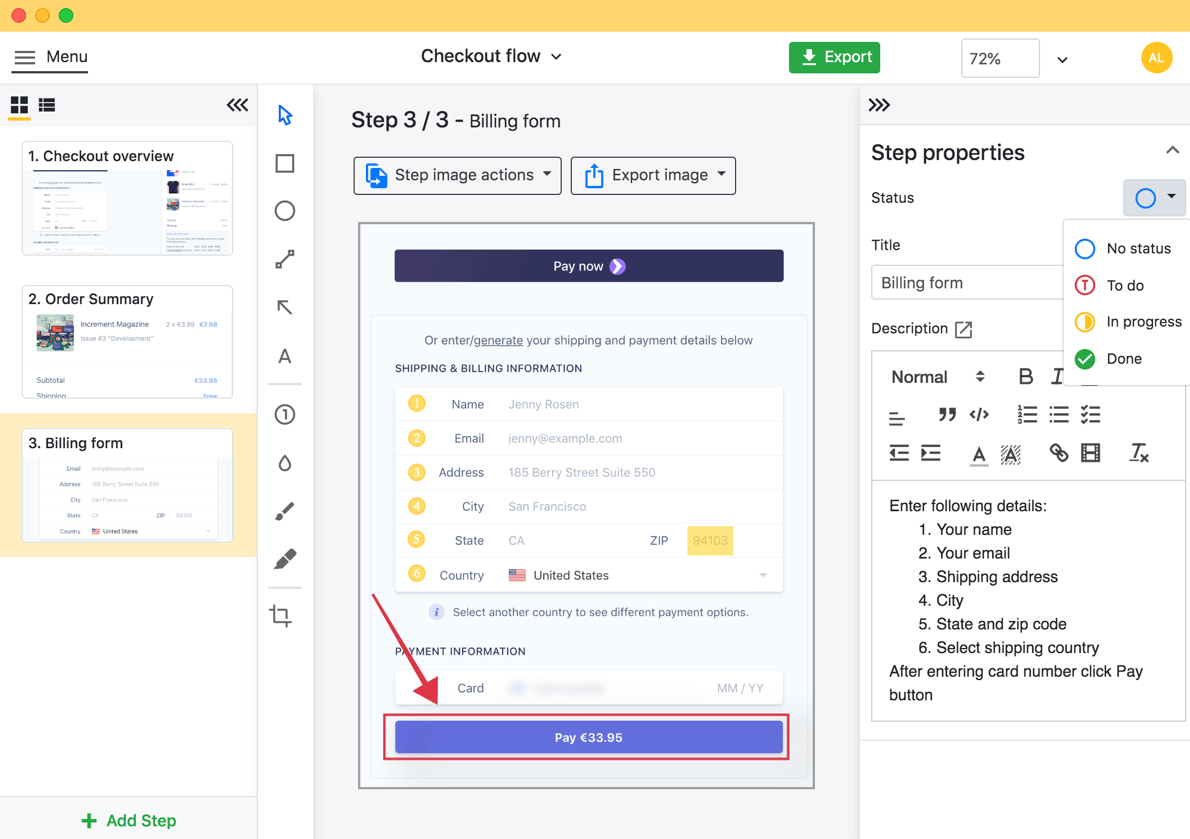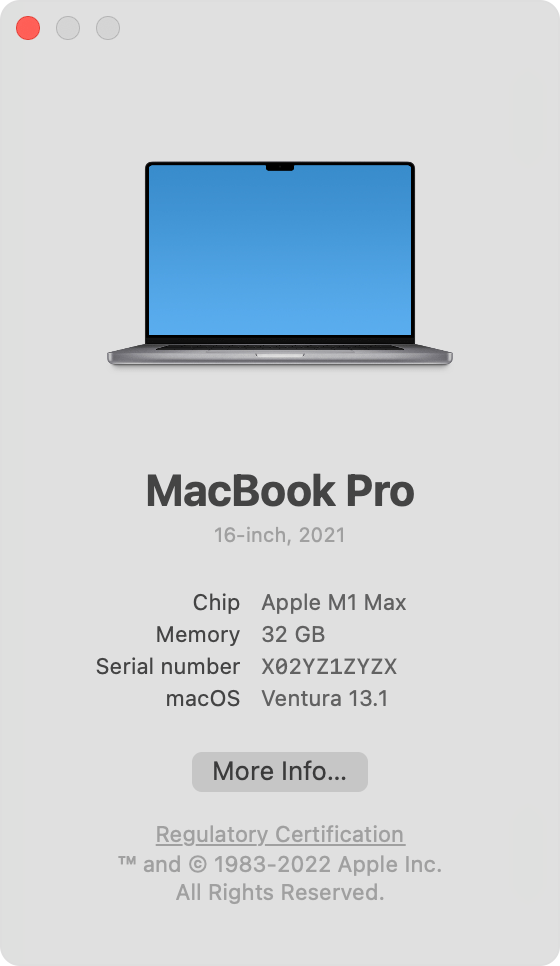Straight off the bat, here are five process documentation best practices for you to consider:
- Establish clear and concise objectives.
- Use easy-to-understand language.
- Consistently improve your documentation.
- Ensure traceability and transparency.
- Utilize process documentation software.
Let’s take a look at these process documentation best practices in more detail.
5 Process Documentation Best Practices
Process documentation, at its core, is about presenting a detailed description of how to carry out a task or process. It often comes in the form of a step-by-step guideline that instructs users on how to get from point A to point B, ensuring consistency, efficiency, and quality. When it comes to crafting useful process documentation, here are five best practices to consider:
1. Establish Clear & Concise Objectives
The first step in creating effective process documentation is understanding and outlining the goals you are trying to achieve. Without clear objectives from the outset, your team may find it difficult to know exactly what they are trying to accomplish as they work through your steps.
2. Use Easy-To-Understand Language
You should aim to avoid jargon and overly technical language. It’s important to make process documentation accessible to all key stakeholders, regardless of their technical proficiency. This means finding inventive ways to explain potentially hard-to-grasp concepts.
3. Consistently Update & Improve Your Documentation
As processes are dynamic and often evolve with time, it is vital to update your documentation regularly to reflect these changes. Following this practice can help ensure that your team always has access to the most relevant documentation to support productivity and enhance workflows.
4. Ensure Traceability & Transparency
Good process documentation should clearly show the sequence of events and decisions made during a process. This transparency can help foster trust, support accountability, and enable everyone to stay on the same page as they complete specific processes.
5. Utilize Visual Aids & Process Documentation Software
Visual aids such as flowcharts, diagrams, or screenshots can make complex processes easier to understand. Using process documentation tools like Folge can streamline the documentation process and make it easier to update and share useful resources with stakeholders.
Process Flow Documentation (Why Does It Matter?)
Process flow documentation is a visual representation of the steps required to complete a task. When creating process flow documentation, you offer a high-level overview of the process and help identify bottlenecks, redundancies, and areas for improvement. This type of documentation is crucial as it can enable teams to start functioning with greater efficiency.

Folge is a perfect tool for creating guides, training manuals and documentation.
How To Write Process Documentation (5 Tips)
Writing effective process documentation requires careful planning and attention to detail. When it comes to learning how to write process documentation, consider the five tips below:
1. Understand The Process Thoroughly
Before you begin documenting, you should take the time to learn the process inside and out. This understanding allows you to create accurate and comprehensive documentation. It can also help you to identify potential shortcuts and find ways to complete the process faster.
2. Involve The Right People
If applicable, you should include those who regularly perform the task in the documentation process. They have firsthand knowledge and can provide valuable insights. After all, it’s important for the documentation to break down the process with confidence.
3. Break Down The Process Into Manageable Steps
A complex process is overwhelming. By breaking it down into smaller steps, it becomes more manageable and easier to understand.
4. Use Visuals
As mentioned earlier, visuals help simplify complex processes and are easier to digest than blocks of text. This can benefit visual learners that use imagery to understand concepts.
5. Review & Revise
Once you have created the initial documentation, review and revise it with the help of your team. This practice ensures accuracy and clarity. You should aim to involve as many stakeholders as possible in process documentation. They will provide you with the necessary feedback to make the resources more useful for those who will need them.
Template For Process Documentation (Best Options)
When you have access to process documentation templates, it can radically simplify the task of creating resources for stakeholders. Leveraging templates can help ensure consistency across different processes and make it easier for users to find the information they need. You should utilize a process documentation tool like Folge to help standardize your documentation.
Workflow Process Documentation (How To Get Started)
Remember, process documentation is not a one-and-done task. It should be a living, evolving document that gets updated as your workflows change and improve. With careful planning, regular updates, and the right tools at your disposal, you can create process documentation that increases efficiency, reduces errors, and helps your team deliver consistent results.
Folge is the perfect solution for creating step-by-step guides and documentation of any process. Whether you need to produce internal resources or guides to support user onboarding and customer success, Folge has everything you need to hit the ground running. Are you ready to get started? You can download Folge for free today and start capturing your workflows.
Easily create top notch technical documentation and guides
🏆 Try and use Folge for free forever.
Download now



